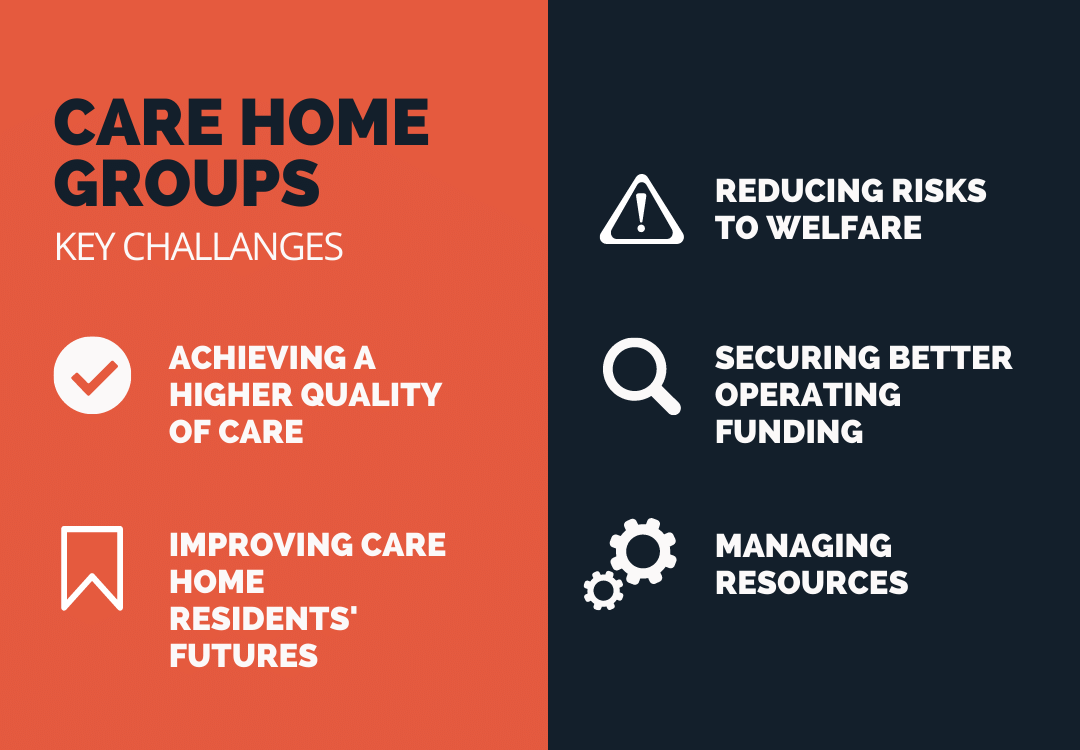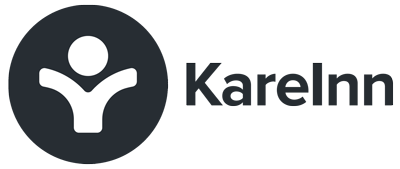Partnership Framework for Social Care
“The solution to the biggest challenges facing care home executives today can be found by following a single principle.”
— Kate Colborne-Baber, Managing Director of KareInn

Digital Transformation in Care Homes
If it seems unlikely that one principle could unlock so much potential, bear with me. Better outcomes in all the areas mentioned in the image above, and more, can be achieved over time if you are prepared to move forward on one thing: intelligently analysing all the relevant data you’re capturing in your day-to-day activities through a variety of sources and delivering the information in a manner that’s easy to understand and action.
Your data may already be automated to some degree and available to you in real-time. It may be pushed to basic reporting dashboards, giving you a better picture than paper ever did. But that’s just the start. When you begin to find out what’s possible when you’re given tools designed specifically to help you unlock all this potential – and feed you exactly the actionable highlights you need, when you need them – you start to see how things can be very, very different.
At the moment, the care industry, like many others, is in a state of digital transformation. No one is happy anymore with filing cabinets of paper forms and ring-binders bursting with printouts, balanced on top of trollies in preparation for each resident round. It’s wildly inefficient. So what’s happening instead? Most care groups are – albeit with varying levels of reluctance – making the journey to capturing and storing all resident data, processes and procedures, permissions and payments in a digital format. The top-level, easy benefits are obvious. You’re better prepared for audits. Residents’ histories are summarised at a glance. You can better read the notes…
All of which is great. But that barely scratches the surface of the possibilities.
If digital transformation to you means replicating forms and notes and keeping the auditors happy – then you’ll only ever make marginal improvements rather than sparking an ever-evolving transformation in outcomes. It’s time to take on this basic principle.
The New Principle Explained: achieving better outcomes through the right approach to digital transformation in care homes
At KareInn, our purpose is to help the care industry as a whole achieve those better outcomes. We think the key principle in doing that is capturing meaningful data and enabling a rich integration between different technologies and data sources. Because there are plenty of integrations that offer surface-level value, but lack strategic, long-term value.
Most importantly, we know we need to make software that’s effortless for you to use, and that delivers instant insights that are easy to understand and act on.
I’m going to give you two examples of how that deeper, richer integration could reap real rewards for your residents, your quality of care and your financial viability.
Firstly, the integration between Ally’s wireless acoustic monitoring systems and the KareInn care home software.
The pilot integration we have brings a whole host of clear benefits and rapid improvements, with the three care homes involved in the pilot seeing a:

-
55% reduction in night-time falls, a
-
20% drop in hospital admissions and a
-
75% reduction in the number of potentially disruptive physical night-time checks by staff.
That’s amazing, but we want a deeper integration.
Because this first-stage integration only does so much. If we see someone is sleep-deprived or experiencing unrest during the night, we want to link that into other causal data and symptomatic behaviours. What’s their general mood, are they anxious, what medication are they taking, how much are they drinking during the day?
When systems start drawing in all of that data and automatically analysing it to reveal trends, you could identify risks, triggers, causes and effects, and be better placed to improve physical and emotional care for that person. For all people. The knock-on effect of enabling longer, healthier lives is, to turn to the financial for a moment, more cost-effective for you.
Secondly, an example of a real shift in the software/care home group relationship.
Transformation needs to be more than digitising paper forms and integrating systems just to say hello. We get our clients on board early in the process and work with them in a collaborative, two-way relationship approach. One where we help make ongoing improvements, guided by our clients’ input, which we can share throughout the care industry.
We’re currently working on a dependency tool, in collaboration with one of our residential and dementia care home clients. It’s not a bespoke tool and will be available to all care homes using KareInn.
The dependency tool sets baseline values for conditions and levels of competencies for a resident, and how long it takes one or two carers – or nurses, for that matter – to carry out core responsibilities with that resident. Over time it tracks trends to see individual deterioration or responsiveness. It gives you actual, actionable data every time you enter notes.
This is important because you’re not only able to see problems and start giving better one-to-one time and care immediately; you’re not just saving time and money and becoming equipped to better plan rotas, recruitment, staff numbers and allocations.
There’s something more…
Now you’ll have the irrefutable, detailed statistics needed to go back to the funder or multiple funders – particularly local authorities – and say, actually, this person’s dependency is now at this level, and request additional funding. That can have a huge impact. This richer seam of data allows care homes to both plan for and react to funding needs far sooner, and feeds funding decision-makers with better information – the true cost of care – potentially setting more appropriate levels across the board in future.
What these projects share is a collaborative approach and a shift in mindset toward unlocking data to deliver a better digital transformation. We support care homes along a journey that will benefit the way we care as a sector
And with the right approach to implementing and rolling out a system that’s designed to help you make long-term improvements in care, you can build real excitement and positivity, rather than fear of change or under-use of the system’s capabilities and potential.
It’s on us to make sure the software feeds you the right information at just the right time, to make acting on it easy and effortless.
The word ‘data’ may seem dry and dull, but the possibilities that data can unveil are truly exciting. Digital Transformation for Care Homes
Digital Transformation in Care Homes
As always, happy for you to contact me to learn more or just to further the discusion. Kate@KareInn.com



